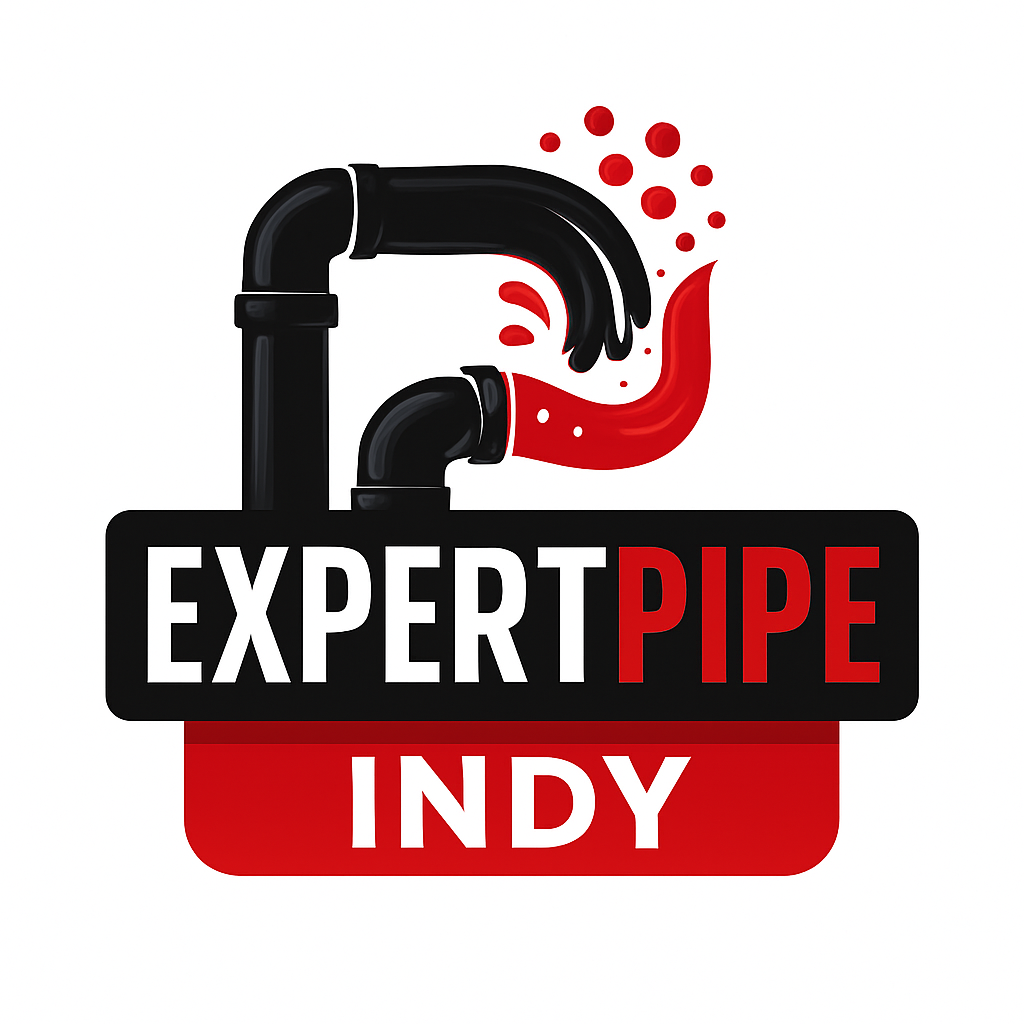What Size Water Heater Do I Need for My Home in Carmel or Indianapolis?
You turn on the shower, and within minutes the water runs cold. Or maybe your water heater never seems to keep up with the family’s morning routine. If this sounds familiar, your water heater might simply be too small for your household — one of the most common (and fixable) plumbing issues we see across Carmel, Westfield, Noblesville, and Indianapolis.
At ExpertPipe Indy, we help homeowners pick the perfect-sized unit for their home, family size, and daily hot water use. Too small, and you’ll run out constantly. Too large, and you’re wasting energy and money. This guide breaks down everything you need to know about sizing your next water heater — the right way.
1. Why Size Matters
Your water heater isn’t just a tank — it’s a storage and recovery system. The right size ensures:
Consistent hot water for all fixtures
Lower energy bills
Longer system lifespan
Fewer maintenance issues
When your heater is too small, it struggles to recover between uses. When it’s too big, it cycles inefficiently, wasting energy on water you never use.
2. The Quick Rule of Thumb
Household SizeRecommended Tank SizeTypical Model1–2 people30–40 gallonsCompact or standard 40-gallon3–4 people50 gallonsMost common household size5+ people75–80 gallonsLarge family or multi-bathroom homesMore than 2 full baths + soaking tub80+ gallons or tanklessBradford White or Navien systems
If you constantly run out of hot water, moving up just one size (e.g., from 40 to 50 gallons) can make a big difference.
3. How to Calculate the Exact Size
The best way to size a water heater is based on your Peak Hour Demand — the amount of hot water your household uses during its busiest one-hour period (usually mornings or evenings).
Typical Usage Estimates
Shower: 10–15 gallons per use
Dishwasher: 6–10 gallons
Laundry load: 7 gallons (high-efficiency) to 20 (standard)
Handwashing / sinks: 2 gallons per person
Add up your typical one-hour usage and match it to the tank’s First Hour Rating (FHR) — the number of gallons it can deliver in an hour.
For example:
A family of 4 using 2 showers, 1 load of laundry, and dishes = roughly 60–70 gallons of hot water demand → requires a 50-gallon high-recovery tank or tankless system.
4. Gas vs. Electric Sizing Differences
Gas Water Heaters
Recover heat faster, so they can serve larger families with smaller tanks. A 40-gallon gas heater often performs like a 50-gallon electric.
Electric Water Heaters
Recover slower, so sizing up by 10 gallons compared to gas is smart. Electric models are also better suited for homes without gas service or smaller families.
Tankless Water Heaters
Measure by flow rate (GPM) instead of gallons.
2–3 fixtures at once = 6–7 GPM
Whole home with multiple showers = 8–10 GPM
Navien and Rinnai tankless systems are ideal for large Carmel homes that demand constant hot water — and they last twice as long as standard tanks.
5. Consider Future Needs
Your family size and habits may change:
Adding a bathroom or finishing a basement? Go bigger.
Empty nesters or single occupants? Save energy with a smaller unit.
Upgrading to rain showers, jetted tubs, or tankless fixtures? Plan for extra flow capacity.
At ExpertPipe Indy, we’ll calculate your current and future needs to make sure your next heater is future-proofed.
6. Signs You’re Undersized
Hot water runs out halfway through a shower
Temperature drops rapidly during back-to-back use
Dishwasher or laundry pulls all hot water
Heater runs constantly or never recovers fully
A properly sized water heater shouldn’t struggle to maintain temperature or require long waits for recovery.
7. Real-Life Examples from Hamilton County Homes
Carmel 3-bath home (family of 5): Upgraded from 50-gallon gas to Bradford White 75-gallon for longer showers and laundry loads — no more cold mornings.
Westfield condo (couple): Downsized from 50 to 40-gallon electric and cut energy costs by 15%.
Noblesville new build: Installed Navien NPE-240A2 tankless — endless hot water for four showers and a soaking tub.
8. Efficiency and Energy Factor (EF) Ratings
Size is only half the equation. Look for high EF or UEF ratings (Uniform Energy Factor) for better performance:
Bradford White RE series: 0.65–0.70 UEF
Rheem Performance Platinum: 0.67 UEF
Tankless Navien models: up to 0.95 UEF
More efficient systems recover faster and use less gas or electricity overall.
9. FAQ – Water Heater Sizing
Q: Is it bad to oversize a water heater?
A: Slightly larger is fine, but too big wastes energy. We size within 10–15% of your actual peak demand.
Q: Can I replace my 40-gallon with a 50-gallon tank?
A: Yes, if your space and venting allow it. It’s one of the most common and worthwhile upgrades.
Q: Do tankless systems have a “size”?
A: Not by gallons, but by flow rate (GPM). We size tankless units based on how many fixtures you want running simultaneously.
Q: How do I know if my heater was sized wrong originally?
A: If you’ve always had short hot water supply or temperature swings since installation, it’s probably undersized.
Q: What about hybrid or high-recovery models?
A: Hybrid electric and high-recovery gas models can act like larger tanks, offering faster refills in smaller spaces.
10. ExpertPipe Indy’s Professional Sizing Service
Every installation we perform includes:
Full household demand analysis
Gas/electric capacity check
Expansion tank installation
Code-compliant fittings and permits
Same-day removal and replacement
We’ll ensure your next water heater delivers the perfect balance of power, efficiency, and longevity.
📞 Call ExpertPipe Indy at (317) 731-3028
🌐 Visit expertpipeindy.com
ExpertPipe Indy — Right Size. Right Price. Endless Hot Water for Every Indiana Home.

